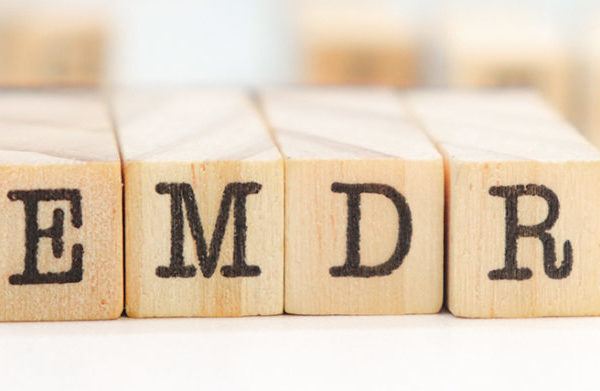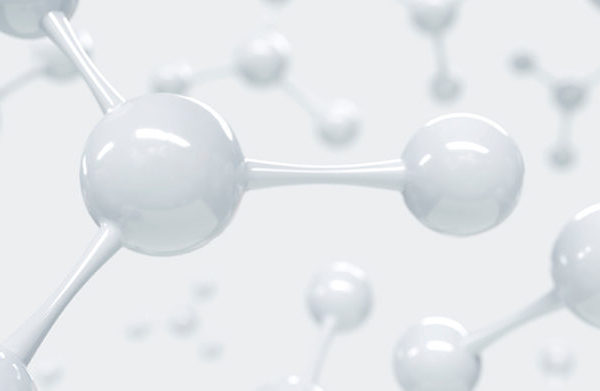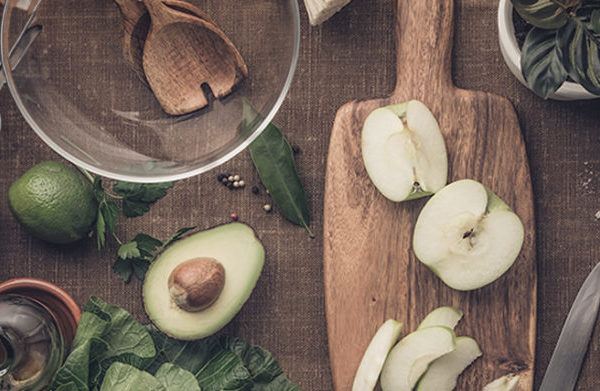
SHA Magazine Health & Beauty
Qi Gong: oriental anti-ageing exercises that boost the Qi energy
Qi (pronounced chi) is a well-known concept in East Asian culture. And Qigong is the art of training Qi.
Qi is described in Asian literature as a kind of subtle, invisible, universal energy that generates, maintains and moves everything in the Universe. In a more personal way, it applies to the energy quality of a particular being. Thus, we talk about the Qi of water, air, food, etc. This subtle energy, which is only perceived through its effects, is known in Hindu philosophy as “prana”. In oriental medicine Qi indicates the function of an organ. For example, Qi of the lung means the totality of its functions.
The Qi, or energy that circulates throughout the body and maintains its vital functions, is the “true” or “original” Qi. Its main sources are breathing (the control and accumulation of Qi depends on the quality of the air, and on slow and deep breathing); food (to obtain the maximum Qi, healthy, balanced foods, a relatively small food intake, and correct chewing are recommended); sex (in some stages of the training, sexual abstinence is recommended); physical activity (movement is necessary to prevent Qi from stagnating); emotions (good news strengthens Qi, bad news weakens it, excessive thinking and excessive sadness or joy upset the energy balance).
A modern definition of Qigong is, according to an article published by the University of Valencia and signed by professor Rafael V. García Doménech, Doctor of Medicine and Surgery, “the art and technique of training Qi. “To do this, the practitioner must integrate his or her mind, breathing and the postures into a single whole. This allows the system to regulate itself and maintain a dynamic balance and enables the body to store energy by regulating the yin and yang, in order to promote the circulation of Qi through the energy ducts and release it outside”.
The practitioner trains to preserve and increase the body’s level of health and well-being. In the process, control over this vital energy is achieved, which can be used for other purposes, e.g. to cure various ailments by emitting this energy from a distance.
Qigong can also be used to improve the efficiency of martial arts, or to preserve health. In any case, Qigong is based on three factors: breathing, mental tranquility, and postures.
Qi is believed to flow through relaxed muscles. Inappropriate muscular tension produces an inappropriate Qi irrigation…. therefore, movements should be fluid and holistic, avoiding extreme tensions and angles that would block the flow of Qi (according to the teacher, this relates to joint ankylosis problems).
The remaining Qi is stored in the kidney and bone marrow. The ancient books say that “bones become iron bars wrapped in cotton wool”. Qi translates into good health, strength and vitality. “Qi follows the breath, breath follows the mind. The mind can send Qi anywhere,” the books say.
“A balanced movement of the Qi has the power to strengthen, energise and heal the body, while an excess or deficiency can affect the general state of health. When Qi is sufficient and well balanced, we function at our personal best,” explains Philippa Harvey, TCM specialist at SHA Wellness Clinic.





